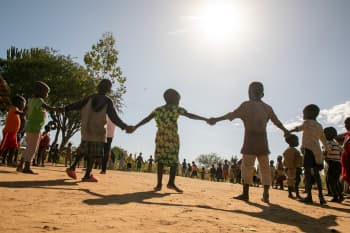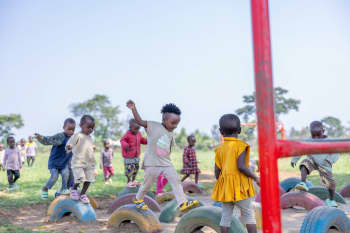
The Church of Jesus Christ of Latter-day Saints and UNICEF
came together in 2013 with the aim of providing
health, education, nutrition, and emergency response services
to the most vulnerable children and mothers across the globe.

Video narrated by Michael J. Nyenhuis
President & CEO, UNICEF USA
Our Collaboration
The South Sudan Refugee Crisis
In 2013, over two million children were forced
to flee their homes due to the outbreak of
the South Sudan civil war – the cause of
Africa’s largest refugee crisis.
The conflict led to widespread violence
and displacement, disrupting the health,
development and education of countless
children and families.
The civil war caused massive damage to
daily life. Homes were destroyed, families
were separated, and basic services like
healthcare and education became inaccessible.
Humanitarian efforts struggled to keep up
with the scale of the crisis, as resources
were stretched thin and international attention
was limited.
Beyond South Sudan’s borders, the crisis sent shockwaves across the region, exacerbating displacement and instability in
the Democratic Republic of Congo, Ethiopia,
Kenya, Sudan and Uganda.
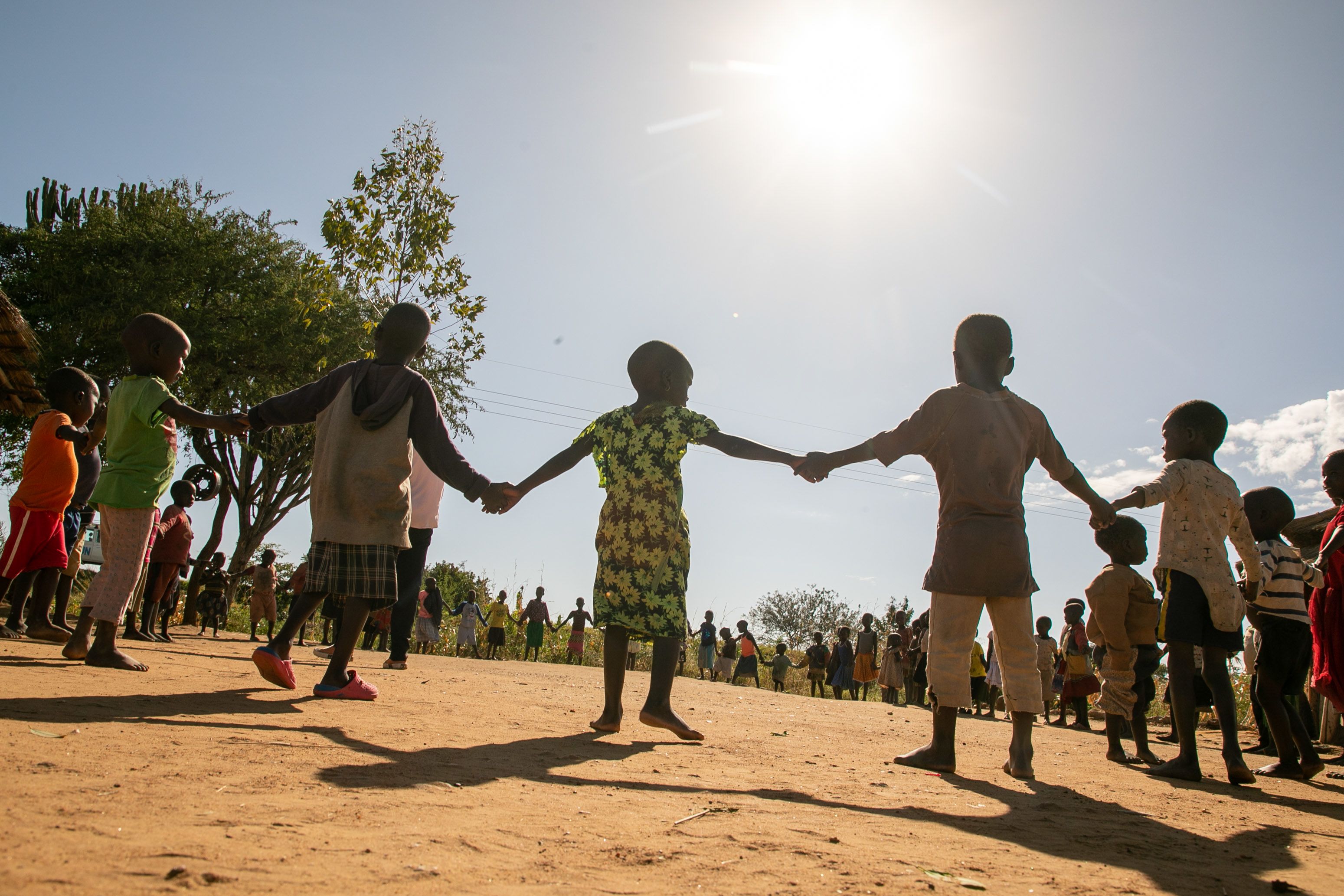
"When large influxes of refugees arrived from South Sudan and neighbouring countries, many children came having endured traumatic and challenging experiences."
Daphne Mugizi
UNICEF Programme Officer in Uganda
In 2017, the Church joined UNICEF on a programme visit to Uganda
where they witnessed first-hand the benefits of
Early Childhood Development programming for refugee families.
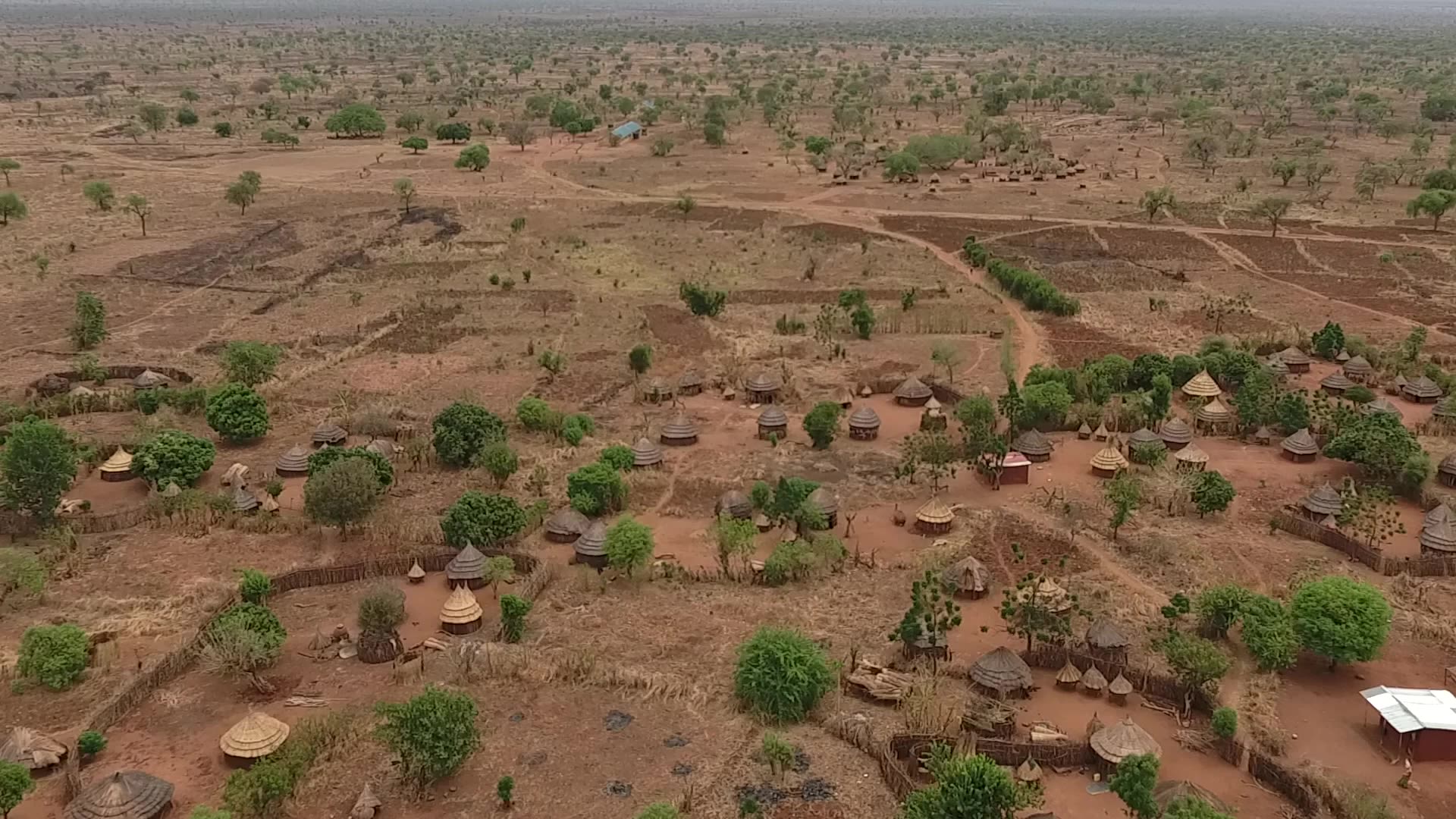
"The government, host communities, and NGOs were helping
with basic needs but there were few safe places
for children to rest and play.
To address this need
the Learning for Life initiative was launched."
Sister Camille N. Johnson
Relief Society General President for
The Church of Jesus Christ of Latter-day Saints
The Learning for Life Programme

UNICEF and The Church of Jesus Christ of Latter-day Saints
co-created this comprehensive Early Childhood Development
and education programme with communities and partners
in the Democratic Republic of Congo, Kenya, Sudan and Uganda.

Learning for Life has been
implemented across these
countries over the course of five years.
Refugee families and children
are developing essential life skills
to break cycles of poverty and violence,
ensuring they have brighter,
more secure futures ahead.
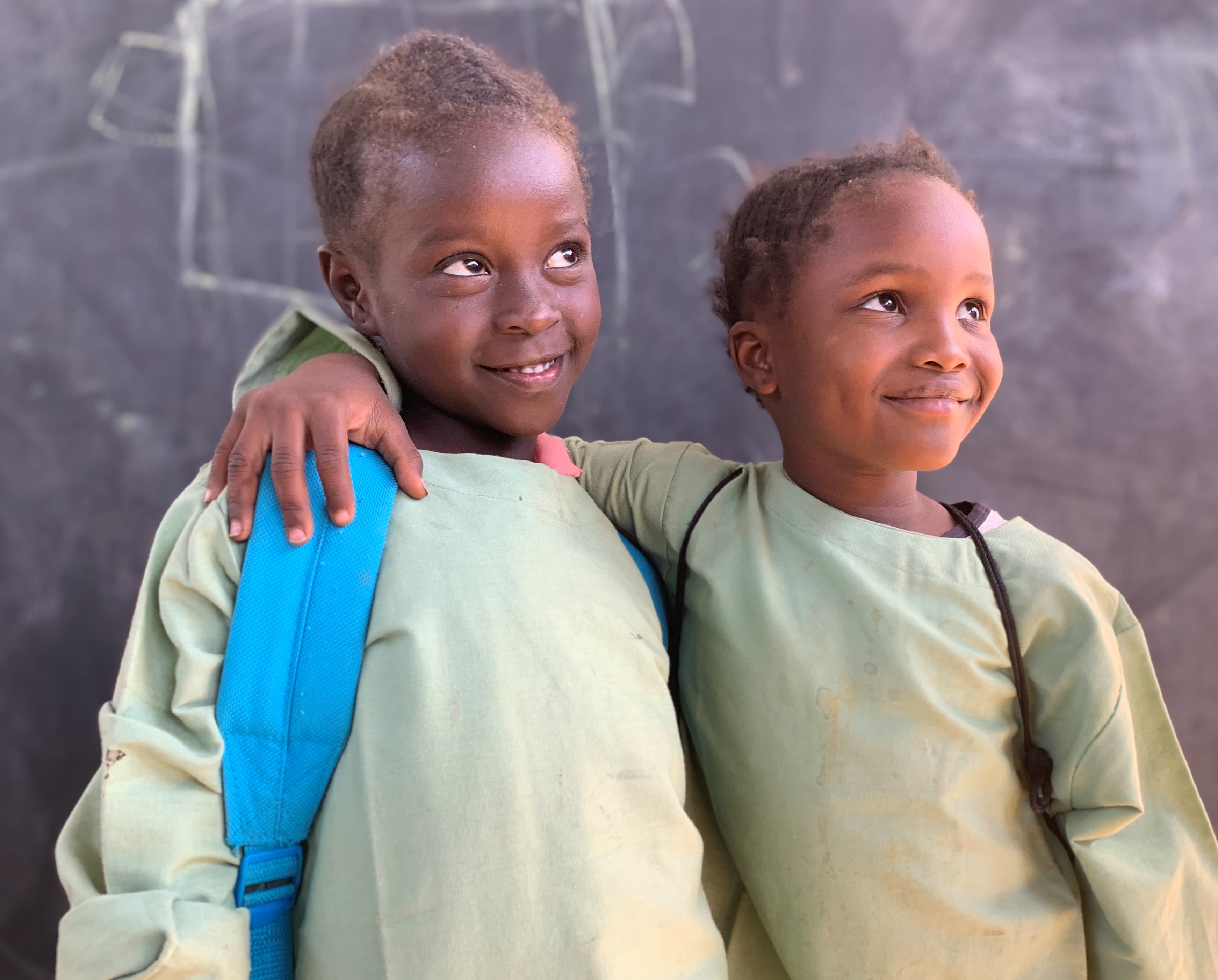
The Main Pillars of
Learning for Life

EARLY CHILDHOOD DEVELOPMENT
Providing high-quality services for optimal brain development, nutrition, and protection in early childhood
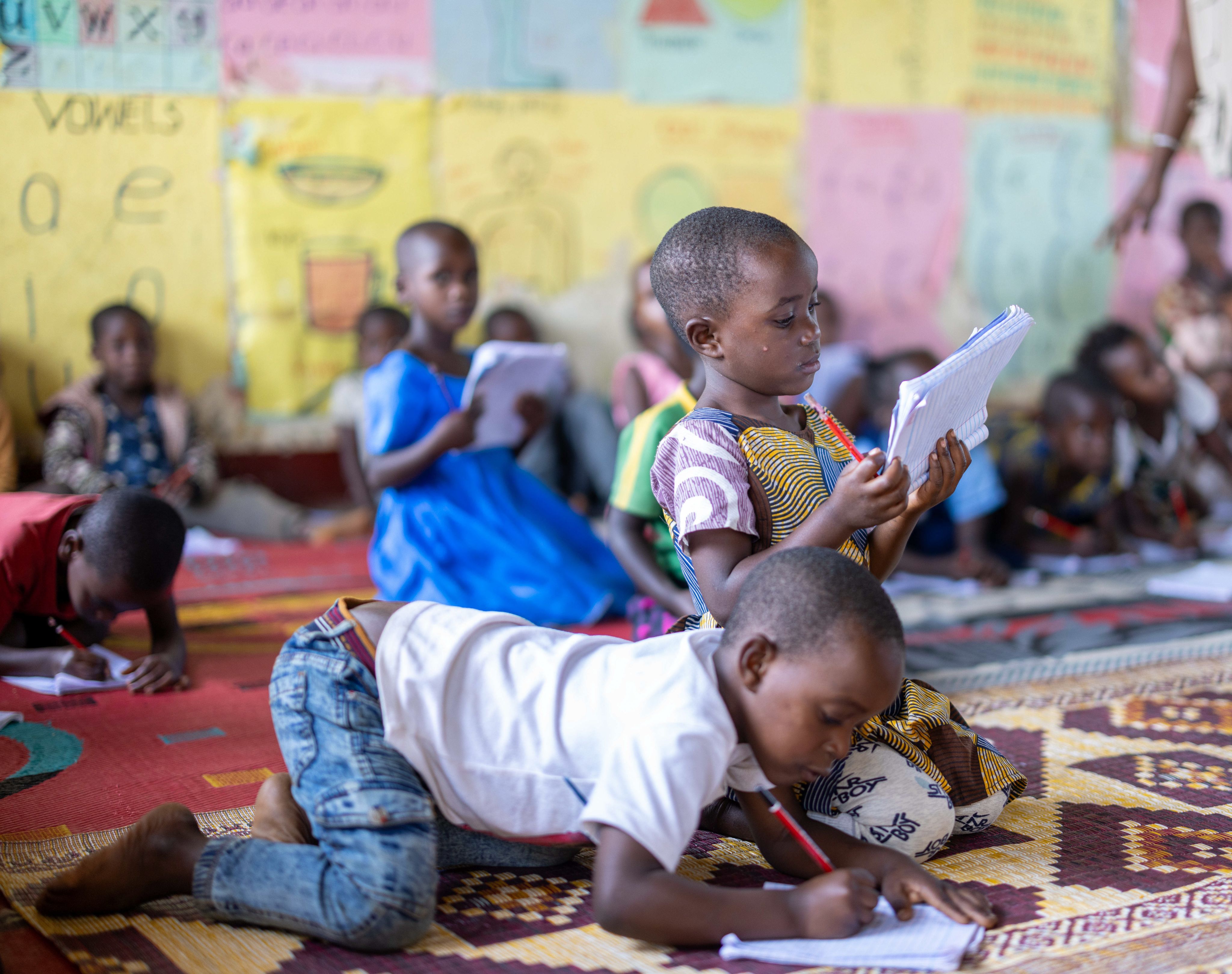
EDUCATION
Ensuring access to quality education through curriculum design, teacher training, and safe learning environments
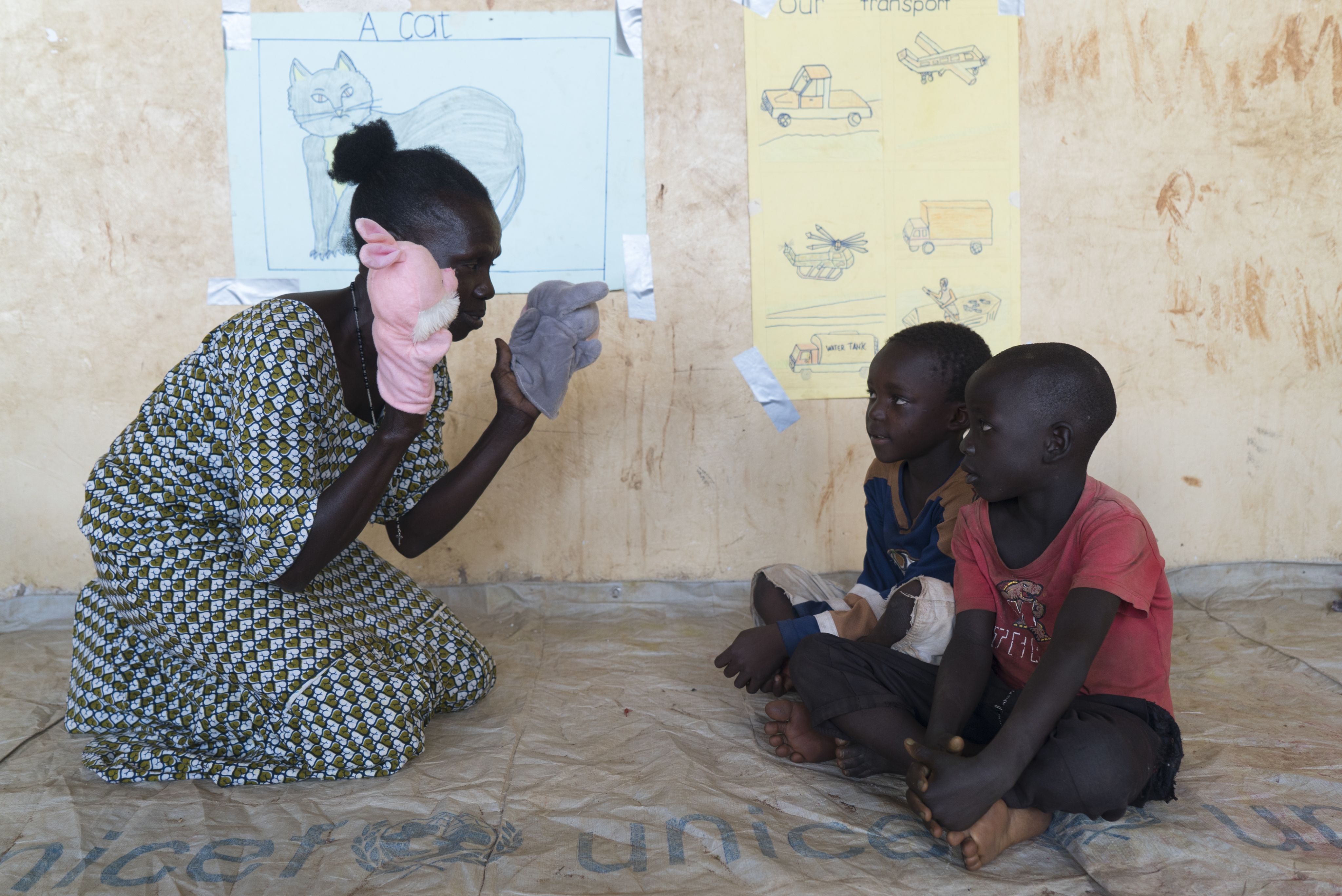
PSYCHOSOCIAL
SUPPORT
Offering support for mental health, trauma, and emotional well-being of children and families
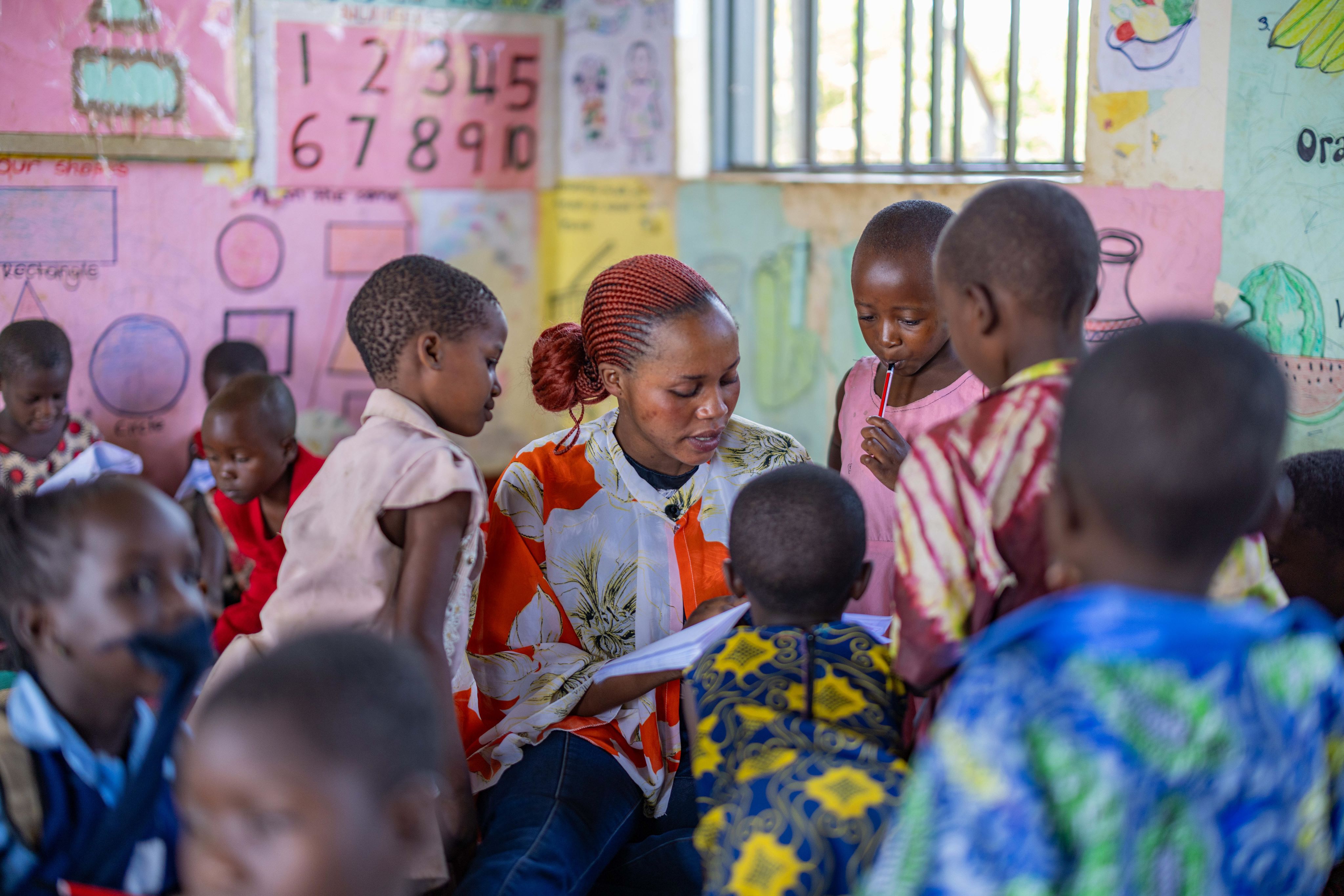
CAPACITY
BUILDING
Training teachers, caregivers and leaders
to deliver effective Early Childhood Development and educational services
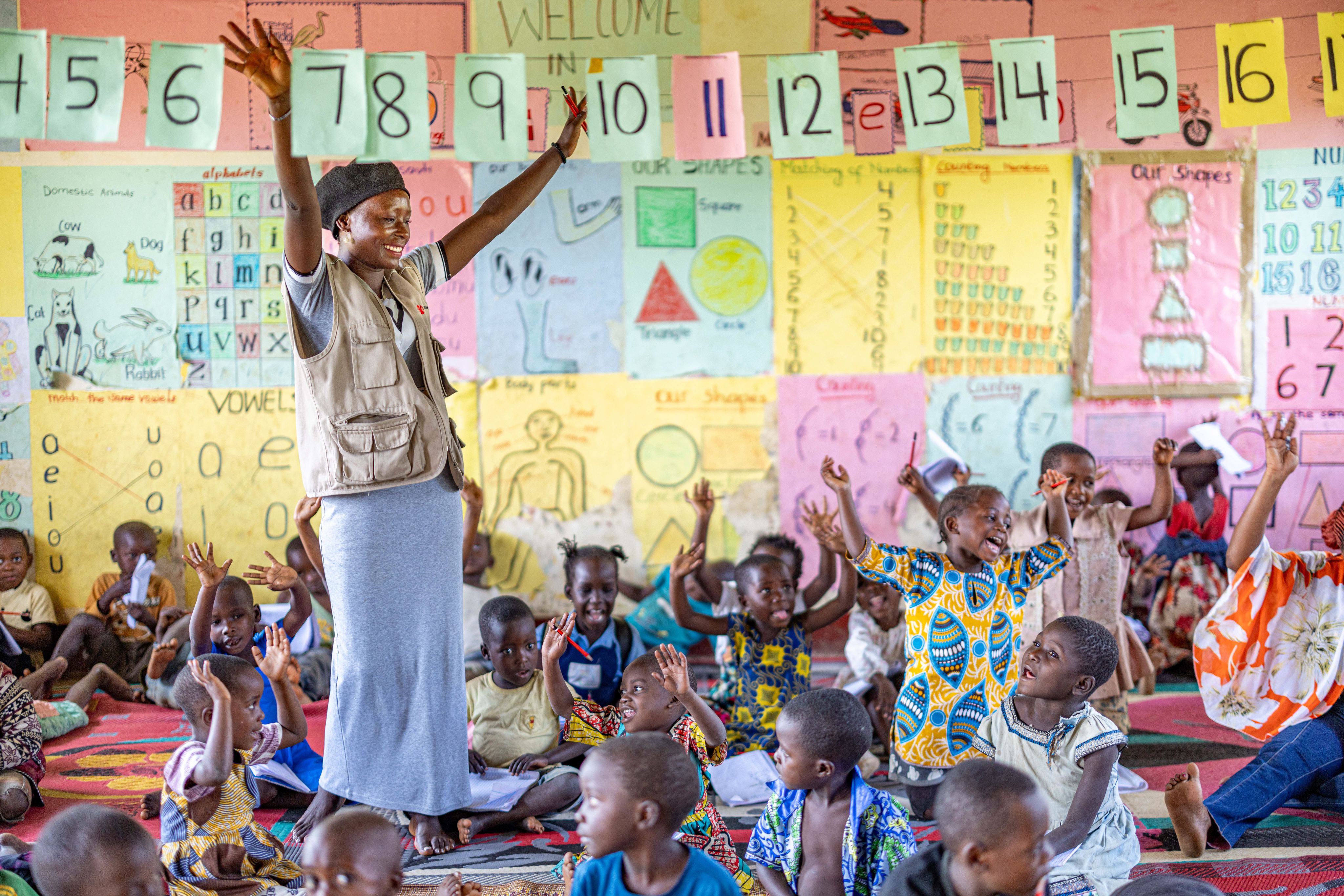
Vumilya's Journey
In the heart of the crisis, stories of hardship and resilience emerged.
Vumilya Nyiramivumbi and her children fled the insurgency
and sought refuge in Uganda.

Many families fled the brutal attacks in the region
making the perilous journey to Uganda
in search of safety and protection for their loved ones.
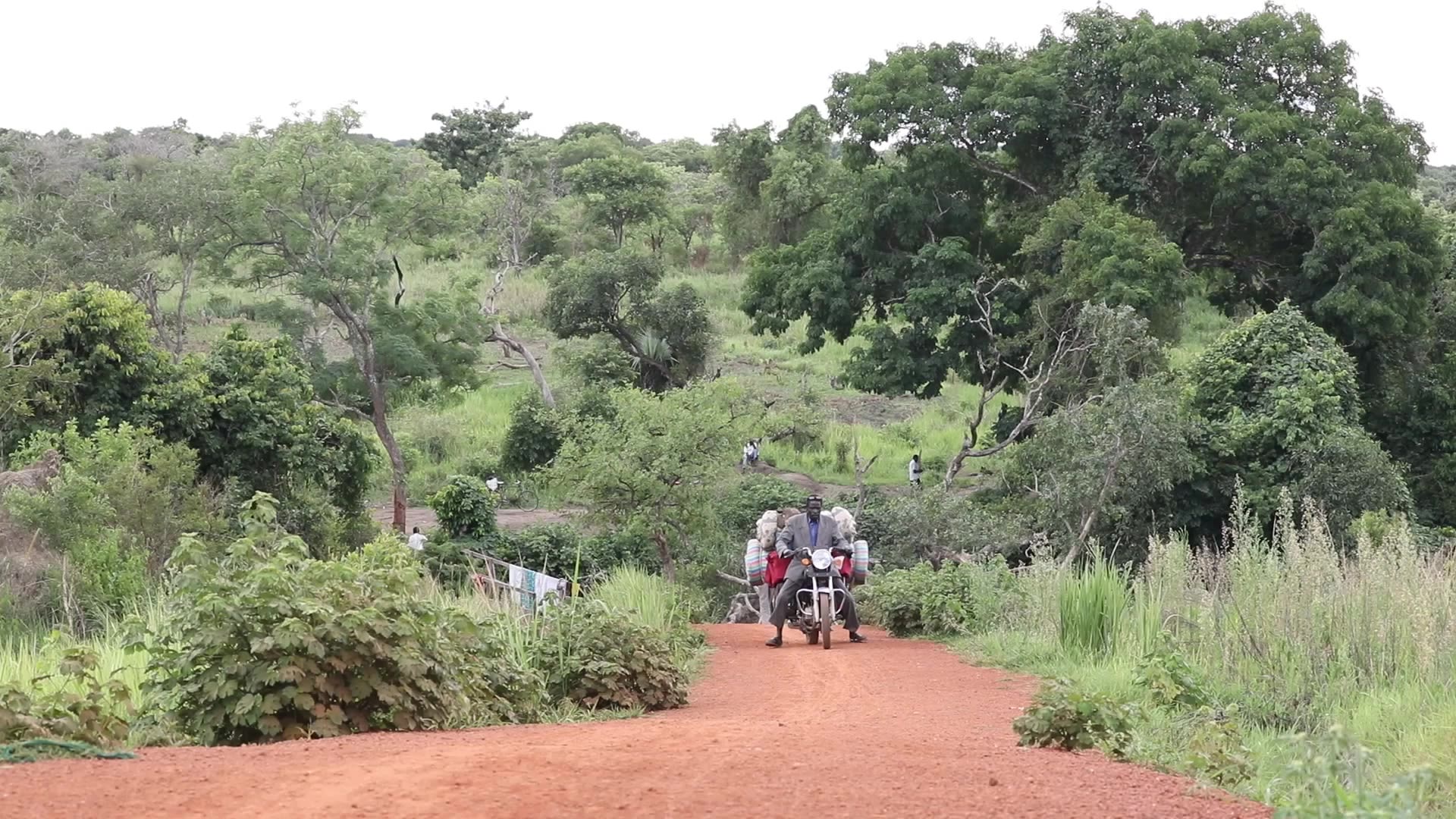
"I learned from the training that a mother
should make time to play with her children.
I was taught that if a parent always engages a child
it creates a strong relationship between the two
and the child feels the love from the parent
even when a parent has nothing else to give.
Through dialogue a child feels
more confident and comfortable...
...you see them jubilating
and that's the pride of the parent."
Vumiliya Nyiramivumbi
Mother of Samweri and Diane

Our Impact
Results from Learning for Life
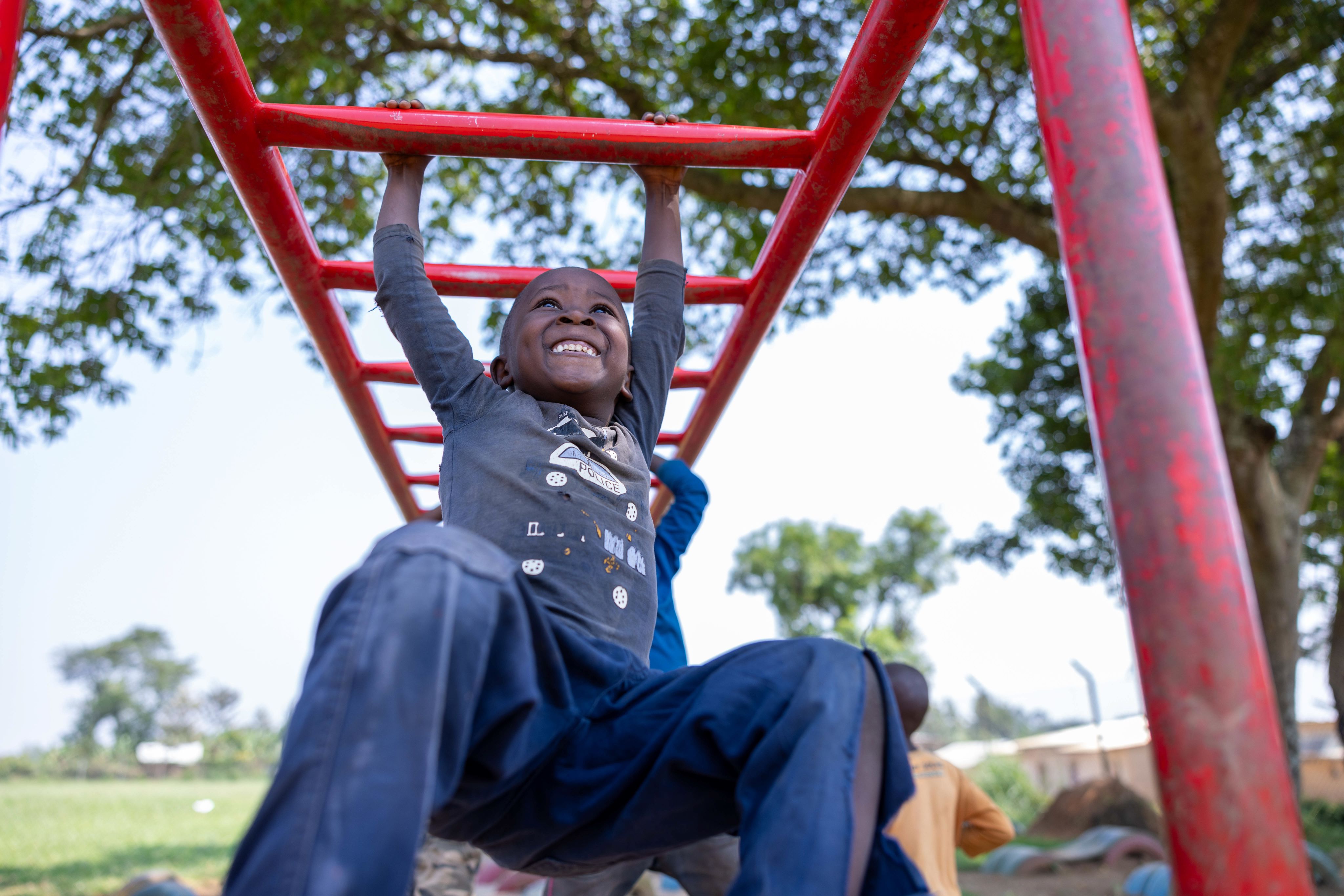
Over 140,000 children received access to early childhood development and education
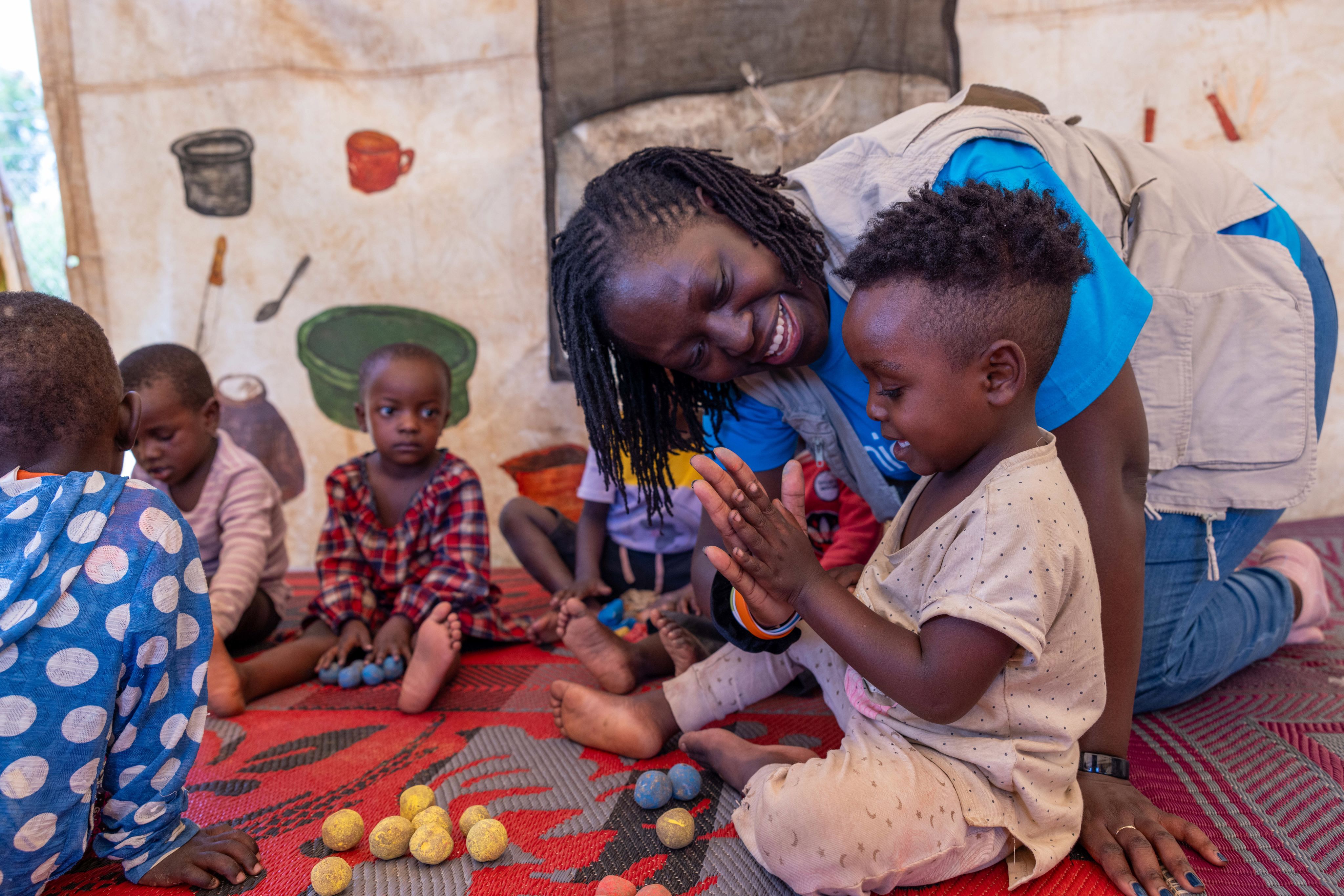
More than 3,000 early childhood development workers were equipped with necessary skills to support crisis-affected children
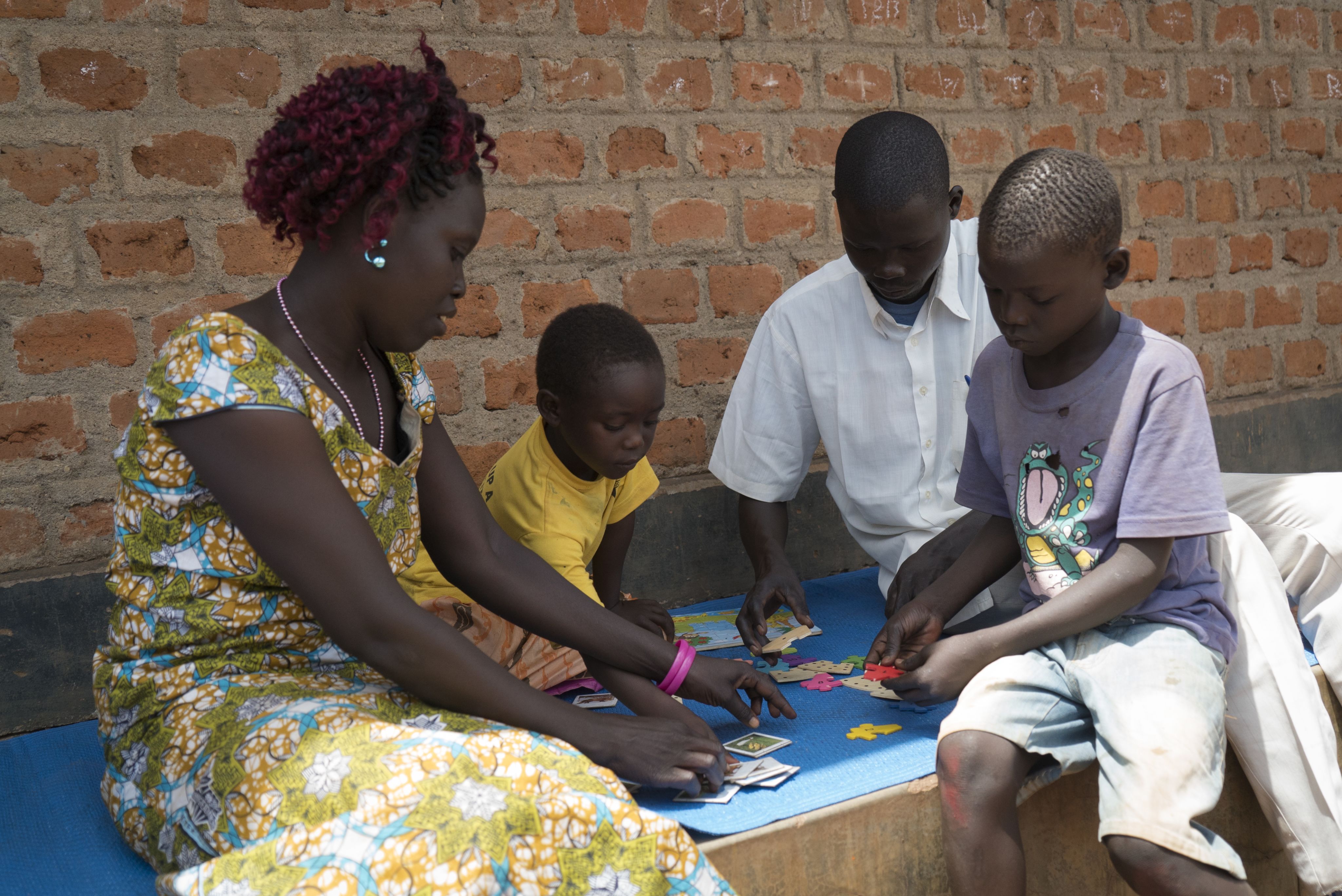
60,000 parents were provided parental guidance and counselling, empowering parents to improve their caregiving practices
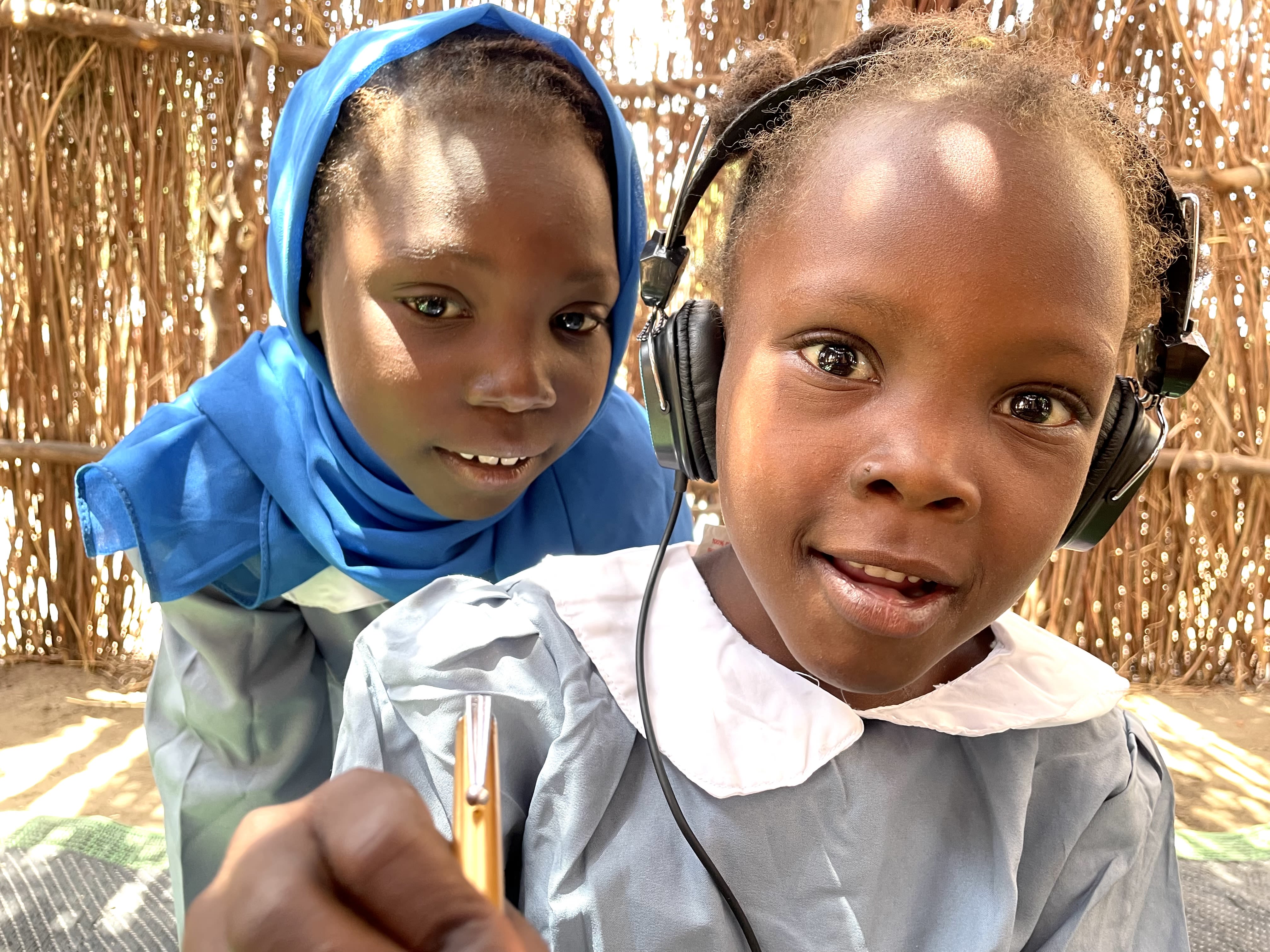
Over $20 million
of funds donated by Church members were sustainably invested to support vulnerable children and families impacted by a humanitarian emergency

"These programmes have had an impact on the children, on the parents and their community.
We've seen children develop their agency, be more creative, and interact with peers in a friendly and helpful way. Not in a way that they're frightened by authority, but friendly and cautious, and ready to learn. And it's amazing to see a number of children transition from primary school and these children are settled and they are learning and growing.
This essentially is what
Early Childhood Development is about."
Daphne Mugizi
UNICEF Programme Officer in Uganda
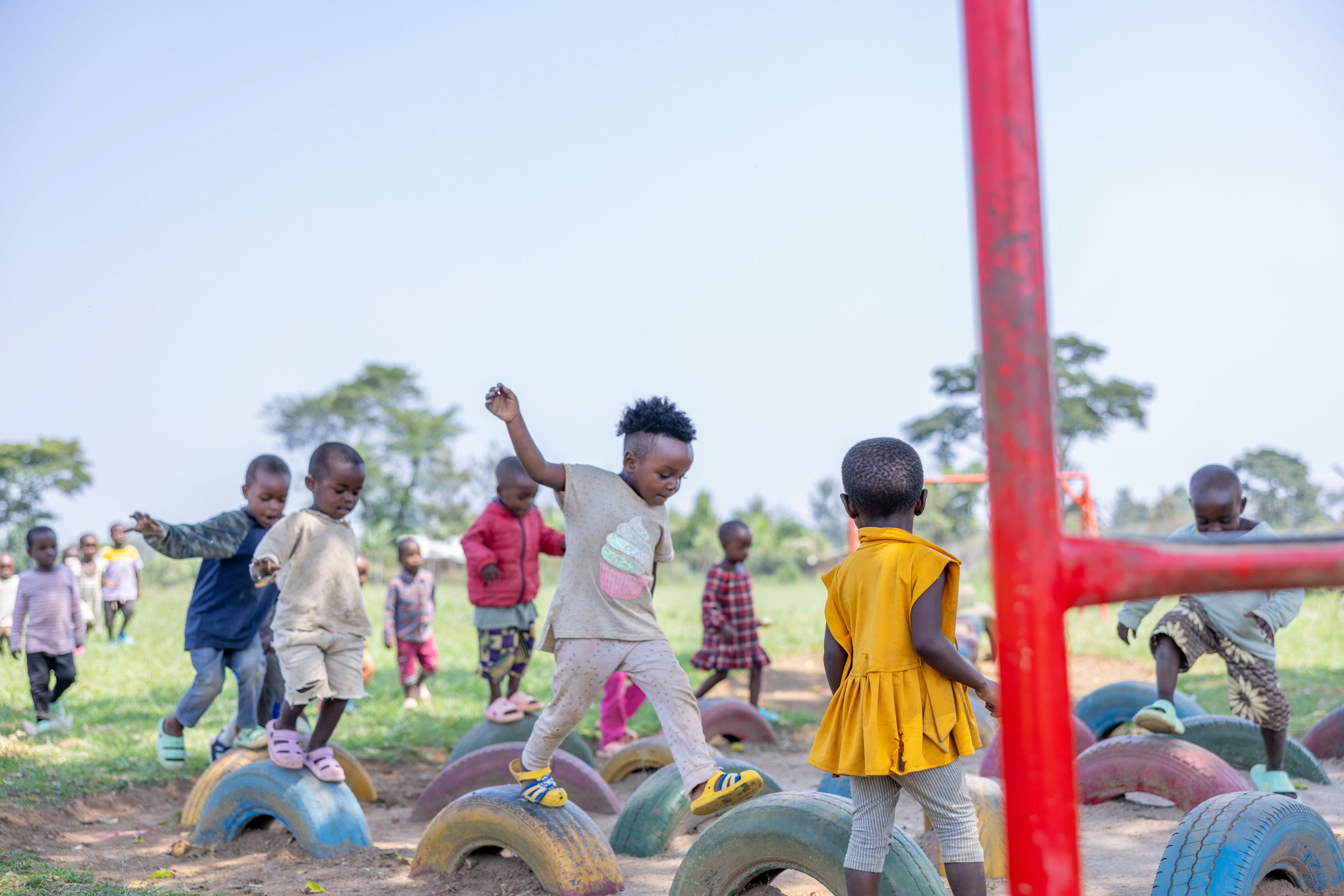
Reflections

"Learning for Life, with its educational benefits, is a key component
of the Church's global initiative for women and children.
These results set a benchmark and demonstrate
the power of collaborative programming in
a multi-country effort with UNICEF.
Our global focus on the well-being of women and children
closely aligns with UNICEF's work to care for
vulnerable children and families around the world."
Sister Camille N. Johnson
Relief Society General President for
The Church of Jesus Christ of Latter-day Saints
Video message from Carla Haddad Mardini
Director, Private Sector Fundraising and Partnerships, UNICEF
“Learning for Life truly demonstrates
what a multi-year, multi-country framework should look like.
The collaboration and the results we have achieved together
have become a model for future initiatives worldwide.
We have witnessed how sustained investments can change lives,
empower communities, and bring hope to those in need.
Together we are helping build a better world for every child."
Michael J. Nyenhuis
President and CEO, UNICEF USA
Learning for Life is one of many ways
UNICEF and The Church of Jesus Christ of Latter-day Saints are collaborating
to advance the health and well-being of mothers and children worldwide.
Learn more
about our continued impact.
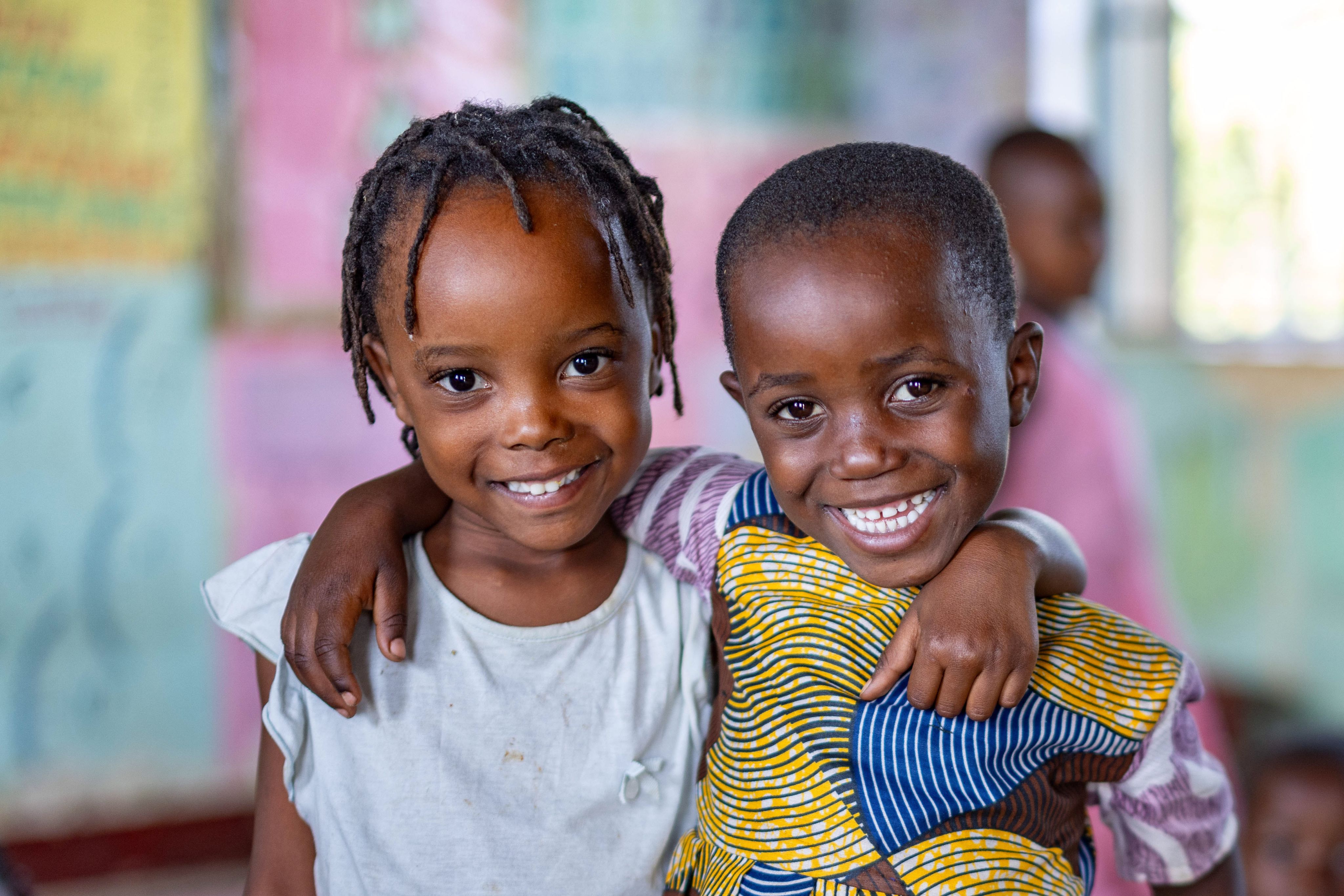
UNICEF does not endorse any company, brand, organization, product or service

